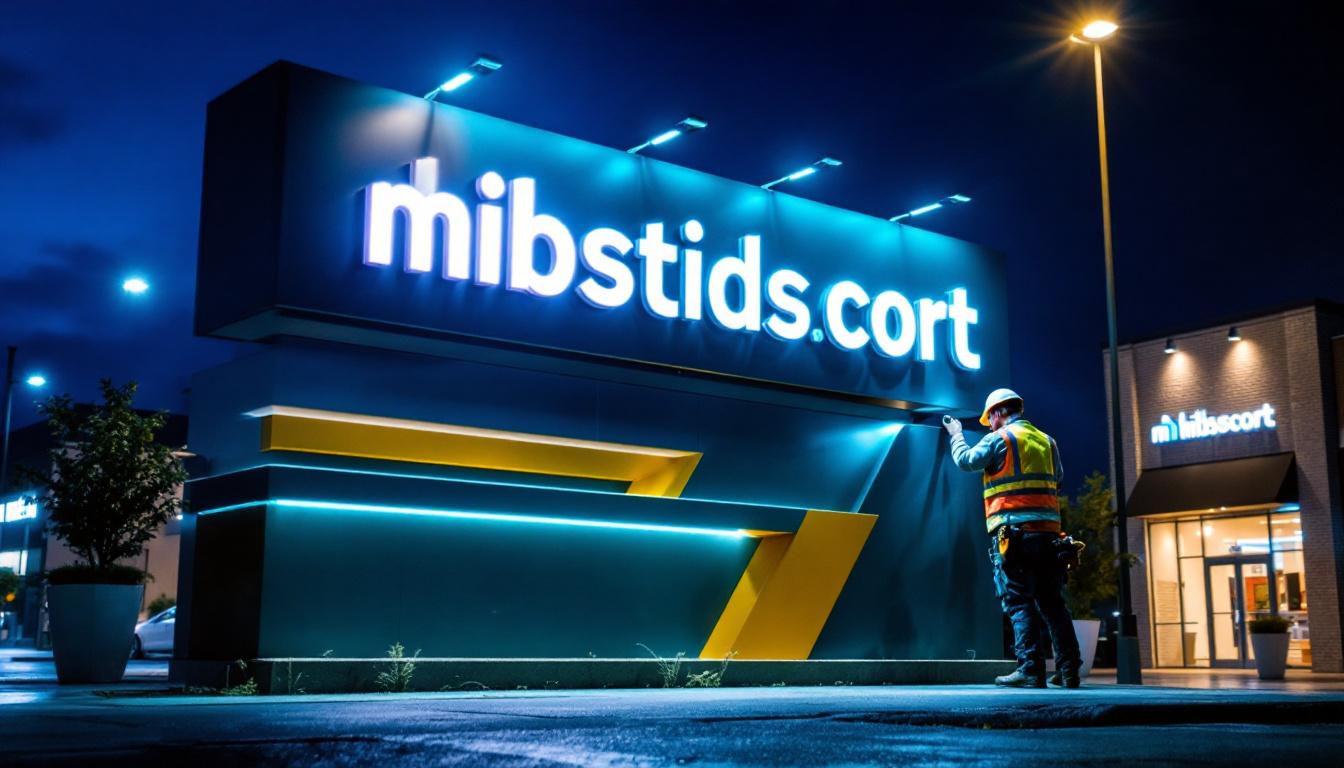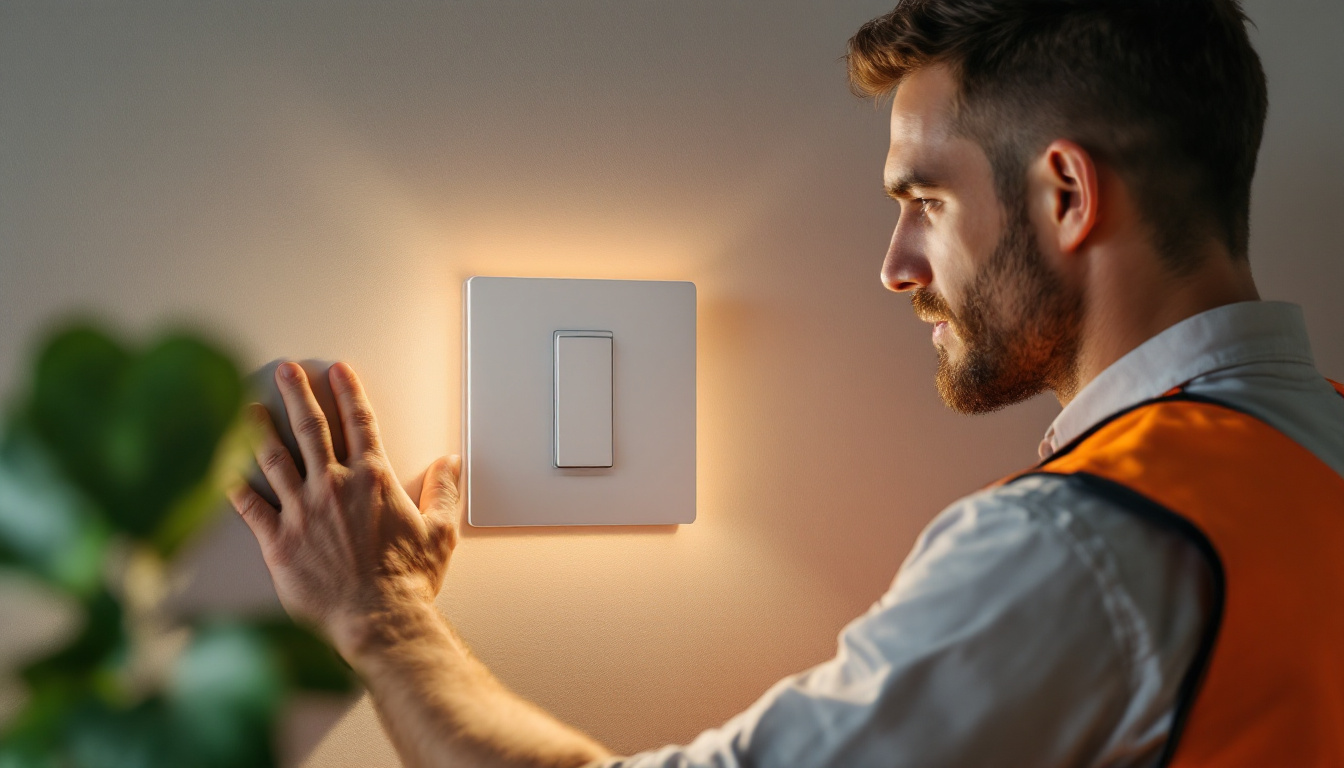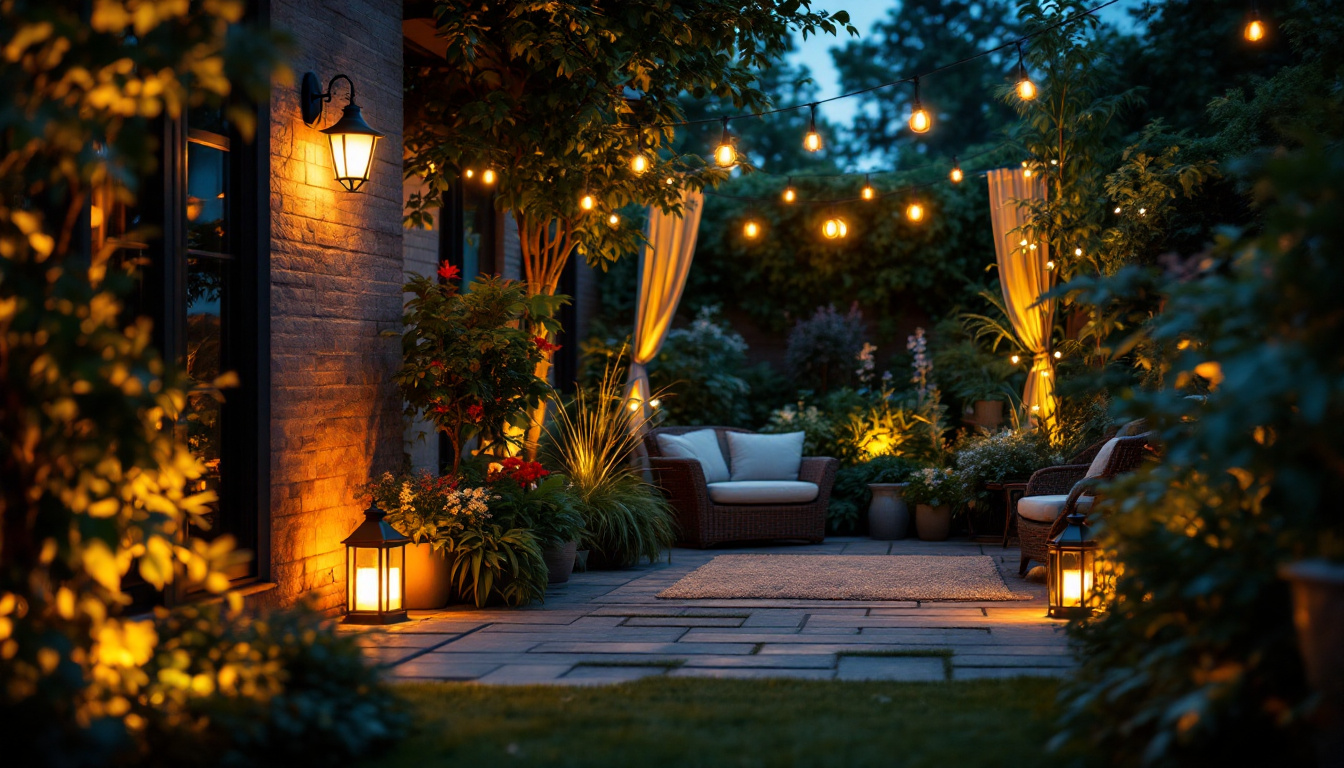
In the ever-evolving world of lighting, LED technology has become a staple for contractors looking to provide energy-efficient and long-lasting solutions. With numerous options available in the market, understanding the nuances of LED bulbs is essential for lighting contractors. This guide aims to navigate the complexities of LED bulbs, offering insights into their benefits, types, and considerations when making a purchase.
LED bulbs have revolutionized the lighting industry, offering numerous advantages over traditional incandescent and fluorescent bulbs. Understanding these benefits can help contractors make informed decisions for their projects.
One of the most significant advantages of LED bulbs is their energy efficiency. They consume significantly less power compared to incandescent bulbs, often using up to 80% less energy. This efficiency translates into lower electricity bills, making LED bulbs an attractive option for both residential and commercial clients.
Moreover, the reduced energy consumption contributes to a lower carbon footprint, aligning with the growing demand for sustainable building practices. Lighting contractors can leverage this aspect to appeal to environmentally conscious clients, enhancing their marketability. The long-term savings associated with LED bulbs can also be a compelling selling point, as clients recognize that the initial investment pays off through reduced energy costs over time.
LED bulbs are designed to last much longer than traditional lighting options. While incandescent bulbs may last around 1,000 hours, LED bulbs can exceed 25,000 hours of use. This longevity means fewer replacements and maintenance, which is a strong selling point for contractors.
Additionally, LED bulbs are more durable and resistant to shocks, vibrations, and temperature fluctuations. This durability makes them suitable for various applications, from residential homes to industrial settings, where lighting fixtures may be subjected to harsher conditions. The robust nature of LEDs also means they are less likely to break or fail, reducing the hassle of frequent replacements and the associated costs for clients. This reliability is particularly beneficial in commercial environments where consistent lighting is essential for productivity and safety.
Another critical factor to consider is the quality of light produced by LED bulbs. They offer a range of color temperatures, allowing contractors to choose the right ambiance for different spaces. Whether it’s a warm light for a cozy living room or a cooler light for a professional office, LED technology provides flexibility in lighting design.
Furthermore, LEDs have improved in color rendering capabilities, meaning they can accurately reproduce colors. This feature is particularly important in settings like retail spaces, where product display is crucial. The ability to highlight the true colors of merchandise can significantly enhance customer experience and encourage purchases. Additionally, advancements in dimming technology allow for greater control over light intensity, enabling spaces to adapt to various activities and moods throughout the day. This versatility not only enhances the aesthetic appeal of a space but also contributes to energy savings by allowing users to adjust lighting levels according to their needs.
With the growing popularity of LED technology, various types of LED bulbs are available in the market. Understanding these types can help contractors select the most appropriate options for their projects.
Standard LED bulbs are designed to replace traditional incandescent bulbs directly. They come in various shapes and sizes, including A19, A21, and BR30, making them versatile for different fixtures. These bulbs are suitable for general lighting applications, such as in homes, offices, and retail spaces.
When selecting standard LED bulbs, contractors should consider the wattage equivalent to ensure they meet the client’s lighting needs while maximizing energy savings. For instance, a 10-watt LED bulb can replace a 60-watt incandescent bulb, providing the same level of brightness with significantly lower energy consumption. Furthermore, many standard LED bulbs now offer a longer lifespan, often lasting up to 25,000 hours or more, which translates to reduced maintenance costs and less frequent replacements, a crucial factor for commercial settings.
Directional LED bulbs, such as PAR (Parabolic Aluminized Reflector) and MR (Multifaceted Reflector) bulbs, are designed to focus light in a specific direction. These bulbs are ideal for recessed lighting, track lighting, and outdoor applications where targeted illumination is required.
Contractors should pay attention to the beam angle when selecting directional LED bulbs, as this will determine how wide or narrow the light spread will be. A narrow beam angle is suitable for spotlighting, while a wider angle is better for general illumination. Additionally, the color temperature of the light can play a significant role in the ambiance of a space; warmer tones can create a cozy atmosphere, while cooler tones are often preferred in workspaces for increased productivity.
Smart LED bulbs represent the latest innovation in lighting technology, allowing users to control their lighting remotely via smartphone apps or voice commands. These bulbs can change color, dim, and even sync with other smart home devices, providing an enhanced user experience.
For contractors, recommending smart LED bulbs can add value to their services, appealing to tech-savvy clients looking for modern solutions. However, it is essential to ensure compatibility with existing smart home systems during the selection process. In addition to convenience, smart LED bulbs often come with energy monitoring features that allow users to track their consumption, enabling them to make informed decisions about their energy use and further promote sustainability in their projects. This integration of technology not only enhances the functionality of the lighting but also aligns with the growing trend of energy-efficient living, making it a compelling choice for environmentally conscious clients.
When it comes to purchasing LED bulbs, several factors should be considered to ensure the best outcomes for clients. These considerations can help contractors make informed decisions that align with their project requirements.
Brightness is a crucial factor in selecting LED bulbs. Unlike traditional bulbs, which are rated in watts, LED bulbs are measured in lumens. The higher the lumen rating, the brighter the light. Contractors should assess the lighting needs of each space to determine the appropriate lumen output.
For example, a living room may require around 1,500 to 3,000 lumens for adequate lighting, while a workspace might need 3,000 to 5,000 lumens for optimal visibility. Understanding these requirements will help contractors choose the right bulbs for their projects.
Color temperature, measured in Kelvin (K), influences the ambiance of a space. LED bulbs typically range from warm white (around 2700K) to cool white (5000K and above). Contractors should consider the intended use of the space when selecting color temperatures.
For instance, warmer tones are often preferred in living areas for a cozy atmosphere, while cooler tones are more suitable for workspaces that require focus and concentration. Offering a variety of color temperatures can enhance the overall satisfaction of clients.
Energy Star certification is a mark of quality and efficiency for lighting products. Contractors should look for LED bulbs that carry this certification, as it indicates that the bulbs meet strict energy efficiency guidelines set by the Environmental Protection Agency (EPA).
Using Energy Star-certified bulbs not only benefits the environment but can also qualify clients for rebates and incentives, making it a financially savvy choice. Educating clients about the advantages of choosing certified products can further enhance their trust in the contractor’s expertise.
Finding reliable sources for purchasing LED bulbs is essential for contractors. Various options are available, each with its advantages and considerations.
Wholesale suppliers often provide competitive pricing on bulk purchases, making them an attractive option for contractors working on larger projects. Establishing relationships with reputable wholesalers can lead to better deals and access to a wider range of products.
Contractors should research suppliers that specialize in lighting products to ensure they receive quality bulbs that meet their project needs. Building a rapport with suppliers can also lead to valuable insights into new products and trends in the market.
Online retailers offer convenience and a vast selection of LED bulbs. Contractors can easily compare prices, read reviews, and access detailed product specifications. However, it is crucial to purchase from reputable online sources to avoid counterfeit products.
Additionally, many online retailers provide bulk purchasing options and discounts, which can be beneficial for contractors looking to save on costs. Keeping an eye out for seasonal sales and promotions can further enhance savings.
Local hardware stores can be a valuable resource for contractors seeking LED bulbs. These stores often carry a range of lighting products, allowing contractors to inspect bulbs in person before making a purchase. Building relationships with local suppliers can also foster community ties and support local businesses.
Contractors should consider the inventory and pricing of local stores, as well as their willingness to special order products. Supporting local businesses can also enhance a contractor’s reputation within the community.
LED bulbs have transformed the lighting landscape, offering energy-efficient, durable, and versatile solutions for various applications. For lighting contractors, understanding the advantages, types, and considerations surrounding LED bulbs is essential for delivering quality service to clients.
By staying informed about the latest trends and products in the LED market, contractors can enhance their offerings and meet the evolving needs of their clients. Whether it’s selecting the right bulbs, understanding energy efficiency, or navigating purchasing options, this guide serves as a comprehensive resource for lighting contractors looking to excel in their field.
As the demand for energy-efficient lighting continues to grow, contractors who embrace LED technology will be well-positioned to thrive in a competitive market. With the right knowledge and resources, lighting contractors can illuminate spaces while providing exceptional value to their clients.
Ready to take your lighting projects to the next level? At LumenWholesale, we provide lighting contractors like you with the highest quality, spec-grade LED bulbs at prices that can’t be beaten. Say goodbye to middleman markups and hello to a vast selection of industry-standard lighting solutions that promise reliability and high performance. With free shipping on bulk orders, we ensure that you get the premium lighting you need at the best value. Don’t compromise on quality or cost. Wholesale Lighting at the Best Value is just a click away. Elevate your service offerings with LumenWholesale today.

Discover the essential guidelines for lighting contractors on monument sign dimensions.

Discover the transformative benefits of light switch WiFi technology for lighting contractors.

Illuminate your outdoor projects with ease! Discover the ultimate guide for lighting contractors on selecting and installing battery-powered lights for exterior spaces.

Explore how the rising popularity of lantern lights for outdoor spaces is transforming the business landscape for lighting contractors.